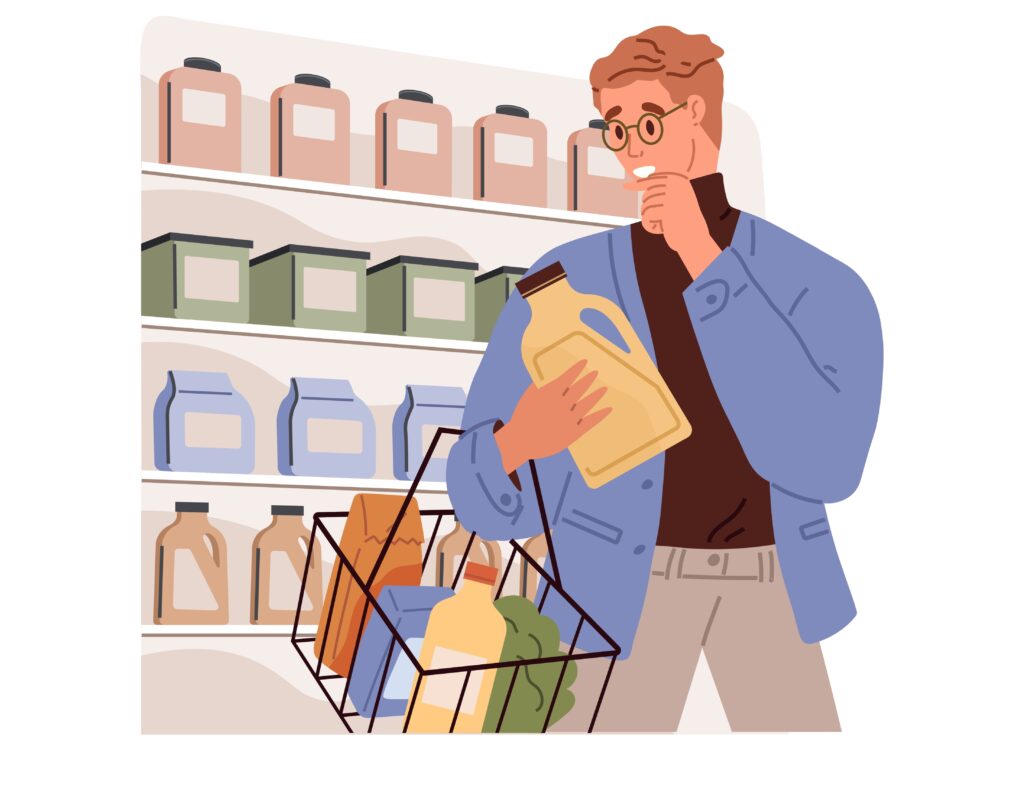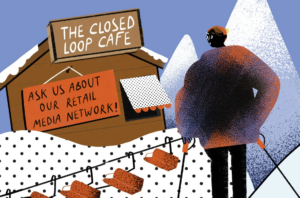Advertisers serve ads to try and sell products.
But what if they skipped over the ad completely and instead just handed products straight to the consumer?
That’s the idea behind Swish, a startup that partners with retailers to provide full-size samples of CPG products to people doing their grocery shopping online. It’s like an extreme form of sampling.
On Friday, Swish announced $2.3 million in seed funding led by BD Ventures, a new venture firm co-founded by Jonathan Opdyke, who also co-founded retail exchange HookLogic (which he sold to Criteo back in 2016).
Product-ivity
Like many other programmatic platforms, Swish uses AI to try and understand a consumer’s interests and purchase habits.
What makes Swish unique is that it considers the product itself to be a form of media, CEO and Founder Adam Stave told AdExchanger.
Although “product as media” might sound like another acronym waiting to happen – PaaM, anyone? – the concept is pretty straightforward.
Swish has partnerships with retailers – including one with California-based Stater Bros. Markets – and uses a combination of OpenAI models, Azure cloud infrastructure and its own proprietary algorithms to analyze customer behavior and infer which products are most likely to appeal.
The platform then adds free samples of those products to a customer’s cart before checkout, hoping to drive conversions by cutting out the middleman.
Although giving away full-size samples isn’t cheap, the strategy appears to pay off.
AdExchanger Daily
Get our editors’ roundup delivered to your inbox every weekday.
Daily Roundup
In a recent collaboration with a leading brand of cream cheese, for example, Swish gave away 3,600 containers to people who hadn’t bought that brand in the previous 12 months. Around 1,100 of those customers returned and, combined, bought over 4,000 containers of cream cheese, driving increased revenue and sales for the brand and the retailer, according to Stave.
There is such a thing as free lunch
Sampling is typically incredibly expensive for brands, Stave said, because it requires them to make smaller, single-use versions of their products. There’s also not much targeting or personalization involved.
But Swish “[looks] in every basket,” he said, to see exactly what a customer is buying and learn their habits, like the rate at which they consume a particular product. This understanding is key when determining the best time to target someone with a sample because, a little counterintuitively, Swish doesn’t always want to offer a sample at the moment of purchase.
For example, a salsa company will probably have more luck targeting people who are buying frozen burritos – but no salsa – that it would converting people who are already buying another brand’s salsa. It’s also effective to target someone who bought salsa a couple of weeks ago and is about to run out.
Yet sometimes the right time to give customers a sample is precisely when they’re buying a competitor’s version so they can really compare “apples to oranges at home and try both,” Stave said.
Know thy customer
In addition to looking at individual customer experiences, Swish’s AI platform also tracks patterns over time to infer online purchase habits across a retailer’s partners. “My household might use ketchup every week,” said Stave, “yours might last a month.” Swish knows the difference.
But none of the data is personally identifiable. Swish doesn’t store names or addresses, and the data it does track isn’t even fully accessible to the brands it partners with.
“We do offer a wealth of insights back to them, but they’re at the aggregate level,” said Stave, such as how many customers who received samples went on to buy the product and what items they were buying alongside it. The individualized data is only available to the retailers, who own that data within their systems.
Insights derived from real transaction data are more valuable than traditional demographic targeting based on age or household income, Stave said.
Someone who buys the cheapest version of a product available, for instance, will likely never be swayed by a more expensive product sample, no matter how much they might enjoy it.
The goal, according to Stave, is to find more examples like this to “start getting smarter about who we do and don’t give our products to.”
BD Ventures’ Opdyke took it one step further.
Swish aims to “eliminate waste in the equation,” he said, not just by providing samples to the right people but by understanding why certain people are more or less likely to be swayed.
“This could upend how people in the CPG space go to market,” said Opdyke, and eventually replace traditional sampling, which is too costly, too generic and ultimately out of reach for many brands.
After all, said Opdyke, “you can’t mail a hot dog.”



















